The Celts called it Samhain which celebrated the end of harvest
and the beginning of winter. It literally means ‘summer’s end’ and is the primary festival marking the end and the beginning of the year.
Along with Imbolc, Beltane and Lughnasadh it makes up the four Gaelic seasonal festivals.
Samhain was the evening when the veil between our world and
‘Netherworld’ was believed to be at their thinnest. It’s the feast of the dead, like Beltane is the feast of the living.
Bonfires played a big part in the festivities -much like with Beltane- people would jump over the fires or walk between them as a cleansing ritual.
Costumes and masks -usually animal heads and hides- were worn, as an attempt to cast of or taunt the evil spirits, this was referred to as ‘guising’.
It was also the time for farmers to choose which animals would need to be
slaughtered to get through the winter. This custom is still
observed now by many who raise livestock as the animals will no longer graze outside.
Food offerings were also made at Samhain, people would leave vegetables outside of their door to please the evil spirits and fairies. Later in time the food offerings changed into lanterns made of hollowed turnips – much resembling the carved pumpkins we know today.
The earliest record we have
of Samhain in the Celtic world comes from the Coligny Calendar,
a Celtic lunisolar calendar engraved on bronze tablets believed to be dating back to the first century AD. It was written in Gaulish, a Celtic language very close related to the Brythonic being Cornish, Welsh, Breton, Cumbric and maybe even Pictish.
Celtic
mythology is originally a spoken tradition, the irony is that the
traditions and tales were eventually written down by Christian monks in
the Middle Ages who then Christianized them to suit there needs and
believes. After all the best way to strip the people of their believes
is to simply adopt them to later on adapt them…
In my childhood there was no halloween, we had ‘All saints day’ and ‘All souls day’, we went to clean the gravestones of those who had passed and leave flowers for them…
But I was lucky because my mum had always been interested in Celtic mythology and she taught me about Samhain and all the other traditions when growing up.
So in a way, I grew up with Celtic traditions. On our travels to Britain we were always in search for Celtic and pre-celtic heritage while my mum told us tales about it in the car.
I feel fortunate to have been exposed to different traditions and religions as a child, I think it makes me a more liberal-minded person. It also makes me wonder how people can follow their religion and tradition blindly and without asking questions… but that is another story…
On to the soup!
I call this my harvest soup, it contains turnips, apples potatoes and a good homemade stock.
What do you need
butter
4 turnips (I used butter or yellow turnips)
1 bramley apple (or 1 cox)
1 large potato
1 liter of chicken or vegetable stock.
to decorate
toast ham or bacon for 1 minute in the microwave between a sheet of greaseproof paper
toast stale bread and cut into chunks
Method
Dice all the vegetables and apple.
Over a high fire heat two teaspoons of butter in a medium sized pan.
Add all the vegetables and apple and stir so they don’t burn
When slightly glazed add the stock and simmer for 30 minutes
Mix the soup until all the chunks are gone
Put back on the fire and bring to the boil for another minute
Season to taste with pepper and salt
Serve with the toasted bread and crispy ham or bacon
Enjoy and remember to set an extra plate for the spirits…

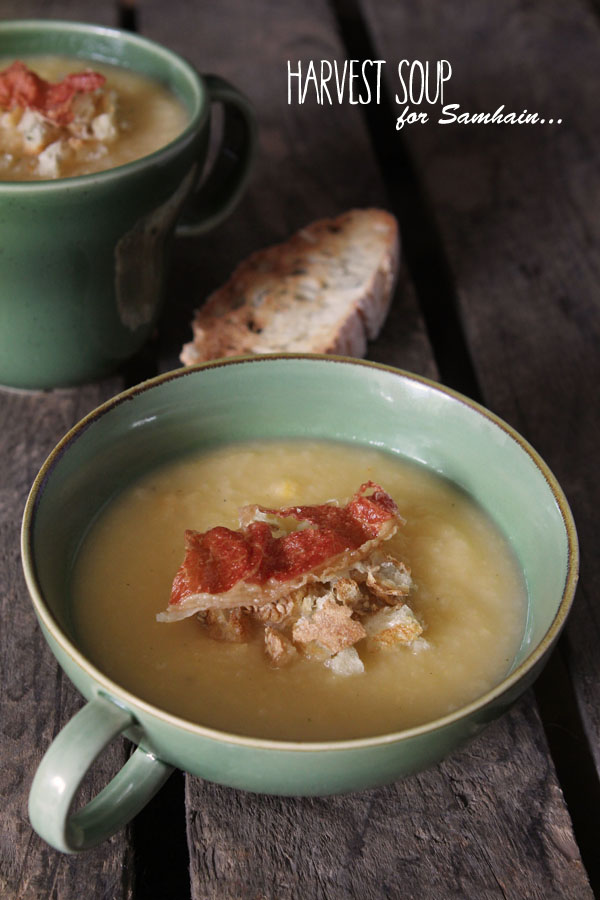
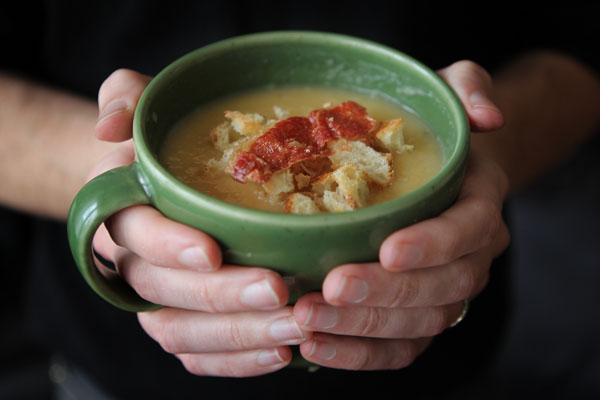
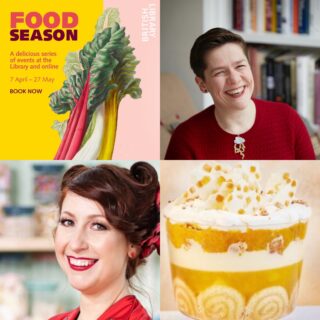
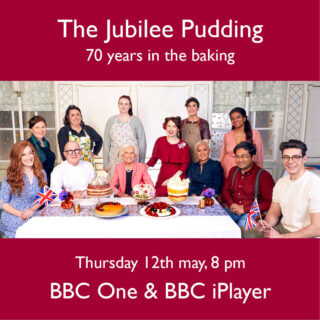
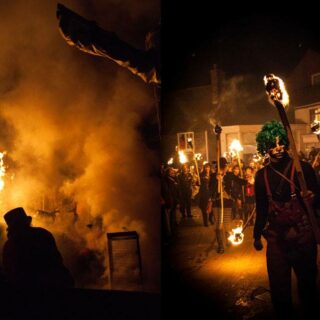
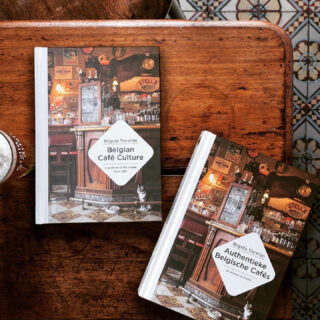
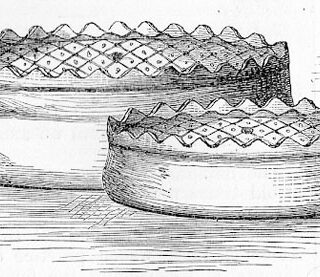
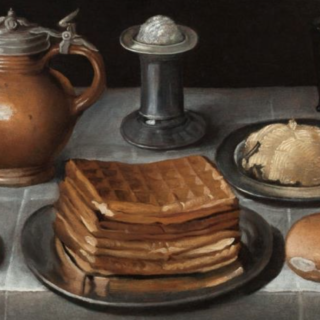
A beautiful soup! So comforting, pleasing and warming.
Happy Samhain!
Cheers,
Rosa
Happy Samhain Rosa!
I was so intrigued by the name, it sounded slightly Middle Eastern and so I was quickly taken aback that I'd never heard of it. Shoulda known better! After all, it's all things British on this blog. Sounds and looks delish, I'd love to try it. Your Halloweens sound so fascinating xx
I'm not surprised Beth as Gaelic syntax has similarities with that of languages like Hebrew and Arabic! x
Samhain isn’t British. It’s a pagan holiday that was first celebrated in Ireland and spread from there. It’s pronounced (Sa-win) if you’re Irish and (Sa-ween) if you’re Scottish. The wording of this article needs to be changed or the writer needs to do more research. It’s quite misleading and a little offensive to almost infer that a celebration started in a different country than it did.
Thanks for commenting but please read the post again as you will see that I do not write anywherethat Samhain is a British holiday. I write of my own memory of it growing up in Belgium not Britain and I clearly state that it is Celtic. I think your comment is very offensive especially since you clearly haven’t done your research and read the article properly. I tried emailing you but you left a fake email address, well done you.
I LOVE soup and this looks delicious. I don't think I've ever used turnips in a soup. Time to try it! Thanks.
I love that! The soup, and the history!